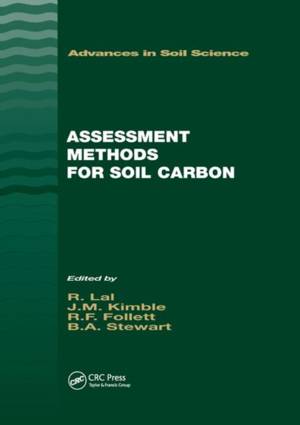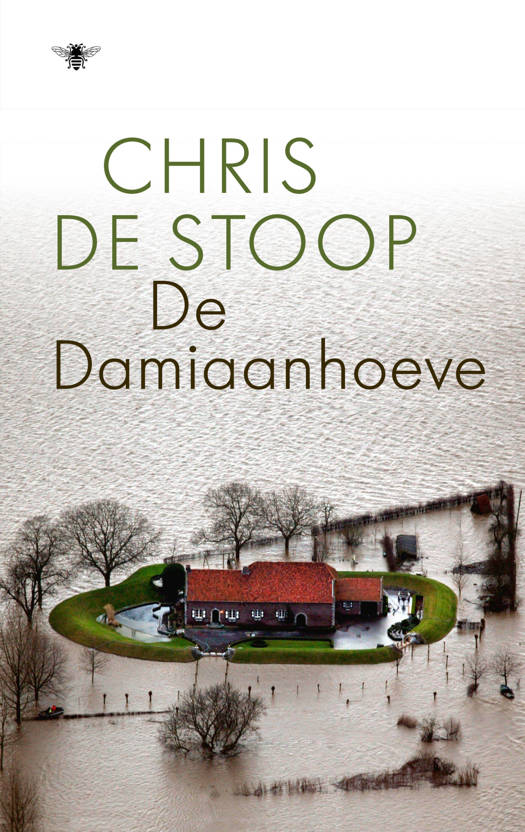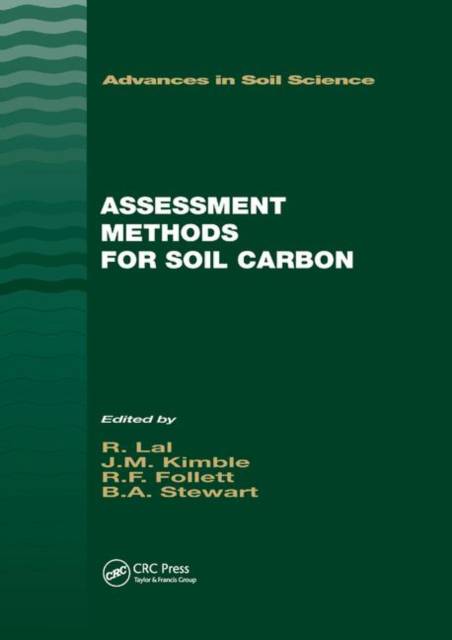
- Afhalen na 1 uur in een winkel met voorraad
- Gratis thuislevering in België vanaf € 30
- Ruim aanbod met 7 miljoen producten
- Afhalen na 1 uur in een winkel met voorraad
- Gratis thuislevering in België vanaf € 30
- Ruim aanbod met 7 miljoen producten
Zoeken
Assessment Methods for Soil Carbon
€ 126,95
+ 253 punten
Omschrijving
Since carbon sequestration in soils reduces the amount of carbon available to the atmosphere, the Kyoto Protocols have heightened interest in soil carbon pools and their effect on carbon fluxes. Assessment Methods for Soil Carbon addresses many of the questions related to the measurement, monitoring, and verification of organic and inorganic carbon in soils. The major topics covered are: carbon pools; soil sampling and preparation, analytical techniques for soil carbon; soil erosion and sedimentation; remote sensing, GIS and modeling; procedures for scaling carbon data from point and local measurements to regional and even national scales; and economic and policy issues. In Assessment Methods for Soil Carbon, leading researchers show that we now have the ability to measure, monitor, and verify changes to soil carbon. The book establishes the need for standardized methods that can be used by anyone, and helps us better understand the link between the pedosphere (soils) and the atmosphere. It also shows the importance of developing links between the economics of carbon sequestration and the amounts sequestered, and highlights the need for scientists and policy makers to interact to ensure that policies fit within the scope of present technologies.
Specificaties
Betrokkenen
- Uitgeverij:
Inhoud
- Aantal bladzijden:
- 696
- Taal:
- Engels
- Reeks:
Eigenschappen
- Productcode (EAN):
- 9780367397685
- Verschijningsdatum:
- 10/10/2019
- Uitvoering:
- Paperback
- Formaat:
- Trade paperback (VS)
- Afmetingen:
- 174 mm x 246 mm
- Gewicht:
- 1124 g

Alleen bij Standaard Boekhandel
+ 253 punten op je klantenkaart van Standaard Boekhandel
Beoordelingen
We publiceren alleen reviews die voldoen aan de voorwaarden voor reviews. Bekijk onze voorwaarden voor reviews.










